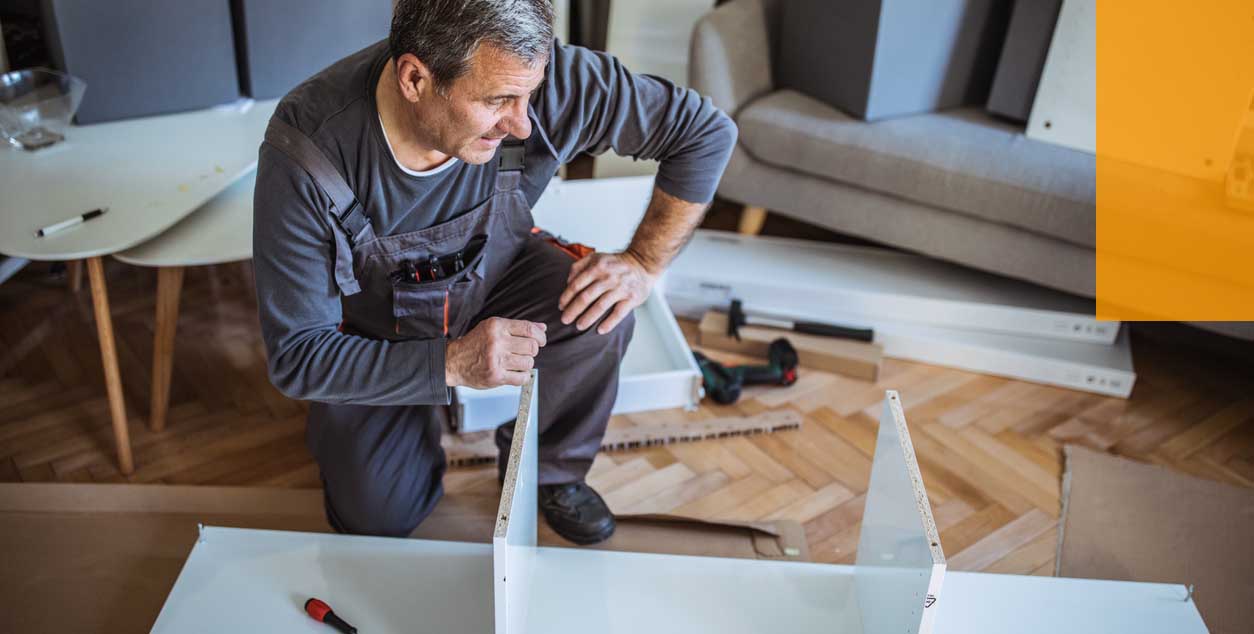We should all learn from them.
IKEA has customer psychology built into its very business model: Customers need to invest more than just money into the furniture they buy. Research has shown that people value a specific object more if they’ve put time and sweat into creating it. This phenomenon has appropriately been named the “IKEA Effect”.
Exploiting this bias towards the self-made is not IKEA’s only trick. They keep innovating how they manage customers’ decisions to their own advantage.
While not all their ideas are designed to work everywhere, there are a few Behavioral Economics rules which all companies should learn from the furniture empire.
#1: Manage how customer remember your prices.
You know those hot dogs and other fast-food items IKEA sells just after the check-out? It’s the spare change for the food, not the furniture bill, that sticks in customers’ minds as the last price they paid during their visit. It turns out to be a very effective strategy to sustain a favorable price image.
#2: Understand exactly what keeps your customers from buying and address that.
Think about your last trip to IKEA where you didn’t buy anything. If you can’t think of such a time, you’re not alone. Most people buy something when they visit the big box. IKEA knows that if one of their customer hasn’t bought anything it’s because they didn’t come to the store in the first place. As it turns out, the leading barrier to buying is the long drive many customers need to take to get to the closest store.
IKEA in Dubai has come up with a remedy: The recent “buy with you time” campaign gives customers discounts based on how far they had to travel to their next IKEA. The longer customers can show they’ve travelled (prove by Google Maps), the more discount they get. A 49-minute drive for example pays for a free Lack coffee table.
#3: Never give discounts without a concession from the customer.
The “pay with your time”-campaign also illustrates another rule which IKEA has strictly followed since day one: Never discount without getting anything in return. As opposed to pretty much every other mass-market furniture retailer around the world, IKEA doesn’t really discount. That is not entirely true, however. Discounts do exist, but they are for one, very limited in scope, and for another, always ask for a concession on the part of the customer beyond buying the item. For example, IKEA Germany offers some items at a discount every week. The catch: customers need to sign up to the Family Card Program to get the discount. It’s a give and take. By making it clear that the discount is only given in exchange for some concession on the customer’s part, IKEA avoids the discounted price becoming the new normal against which customers compare all other prices. Product value and price image are left intact.
#4: Don’t just sell products, sell solutions.
With all the global companies and institutions based there, Switzerland plays host to many expats who only spend a few months or years at a time in the country. For them, buying furniture which they will likely not be able to take back home isn’t an attractive option, so they are often limited to renting furnished accommodation or buying only the very basics. To that target group, IKEA Switzerland now offers a subscription-based alternative to buying furniture for keeps.
Customers can lease furniture for a predefined period of time, IKEA then refurbishes the products and provides them to someone else.
With that, IKEA understands a fundamental Behavioral Pricing principle: It’s not about how much a customers gets for the price they pay, but about how much of what they paid for they end up using. Few people like to see a good-as-new desk or bed frame go to the landfill just because they couldn’t take it with them.
IKEA is just one example of a company that really understands their customers’ psychology and successfully manages their decisions.
To keep up to date on the best (and worst) practices from the world of pricing and selling, susbcribe below!




